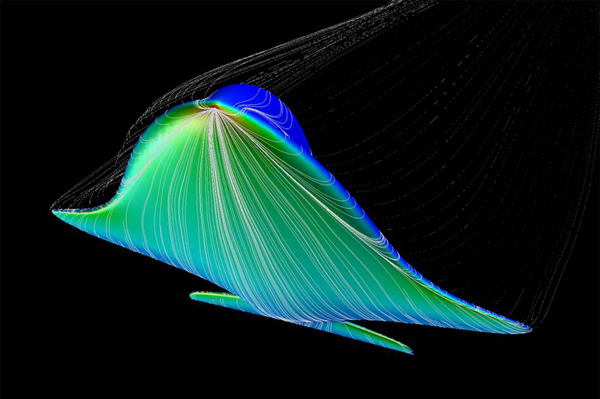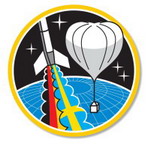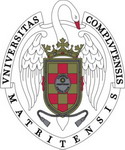SpaceFish
Possible missions for SpaceFish are a crew return vehicle from low earth orbit, a life boat for the ISS or a spacecraft for touristical suborbital flights.
The basic idea of the SpaceFish is a re-entry vehicle with a an extended duration of the atmospheric flight and therefore a reduced rate of dissipated kinetic energy and a minimized deceleration compared to the Space Shuttle. Flight time will be 2-3 times longer.
Blunt re-entry vehicles like the Space Shuttle or the X-38 fly with a L/D ratio in the order of 1 in the upper atmosphere. High heat flux and high dynamic pressure are present simultaneously to some extent for these conventional reentry systems.
Animation created by ESA
Extended re-entry duration requires a higher L/D ratio of at least 2. The high L/D ratio of SpaceFish results in a cross-range 3500-5000 km and enables a wide range of re-entry windows and landing sites. During the long re-entry flight of SpaceFish the phases with high heat flux are characterized by low mechanical loads, and the phases with higher mechanical loads are characterized by low heat fluxes. SpaceFish will be controlled like a conventional airplane along the flight path by deflecting the rudder in the tail, and when necessary with control thrusters.

SpaceFish Hypersonic High AOA



